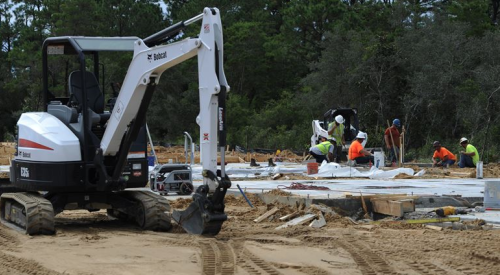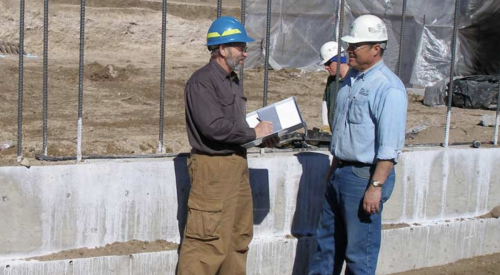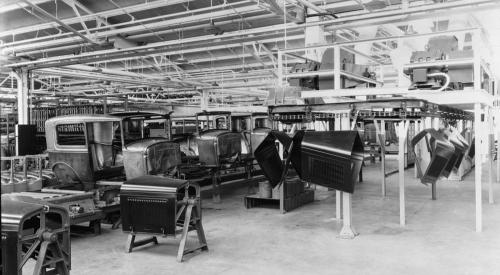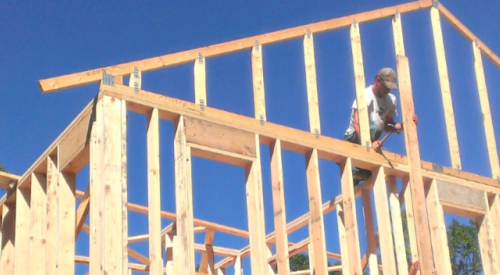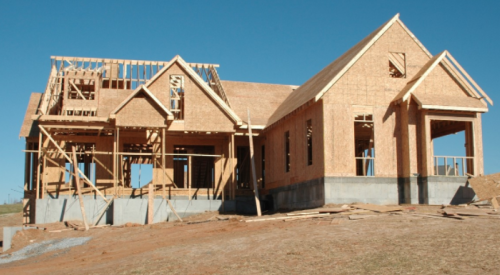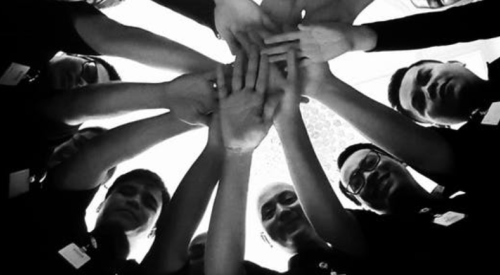| Edward Caldeira, Director of Quality Services, NAHB Research Center
|
Field superintendents are our industry’s first and last defenders of quality homes. Their challenge is to build quality homes, sometimes despite a building production system that does not always work right. Most of the time they can make up for the shortcomings of the production system, but not always. So, when problems occur, fix the production system, not the field superintendent. After all, they did not create the system.
Someone else designs the homes, selects the materials, sets quality standards, contracts with the trades, schedules production, hires co-workers, provides training and determines superintendent workloads. These decisions are made long before any problems appear on the job site. When problems do occur, it is the field superintendents who are left with the task of solving problems they didn’t create.
Field superintendents routinely insulate decision makers from the realities of production systems’ shortcomings by quietly solving problems and moving on. Usually, management learns about these situations only when several problems converge at one time. When this happens, superintendents do not need to be told how to do their job or be motivated. What they need is an improved home building production system that creates fewer problems in the first place.
Improving the production system is management’s job, and they should lead the effort. Management should act on behalf of superintendents to facilitate change. Get started by following four simple steps:
When managers are part of the solution instead of part of the problem, they are champions for field superintendents. When managers are champions, everyone wins.
For more information on quality topics, visit www.nahbrc.org/quality. Questions? Call the Research Center’s ToolBase Hotline 800/898-2842.
